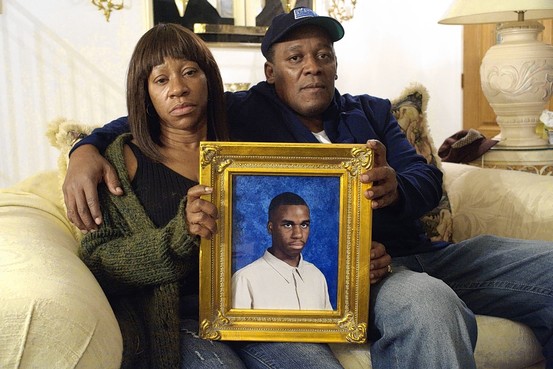Staten Island Advance / Landov
 |
A supervisor at a state-run psychiatric center has been indicted for the criminally negligent homicide of an autistic 27-year-old patient.
The supervisor, Erik Stanley, said he used appropriate procedures in attempting to subdue Jawara Henry, 27, who died Dec. 4 at a Staten Island psychiatric center. But authorities said medical evidence showed he used a chokehold while Henry was on his stomach, although he didn’t intend to harm him, reports the New York Daily News.
Stanley, who was also charged with endangering the welfare of an incompetent or physically disabled person in today’s indictment, turned himself in and was released on his own recognizance.
The investigation included a review of medical and forensic evidence, in addition to interviews with eyewitnesses to the incident.
Read More

 New York Personal Injury Attorneys Blog
New York Personal Injury Attorneys Blog





